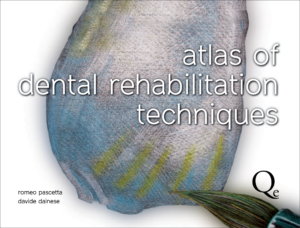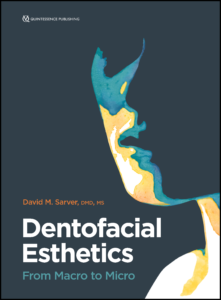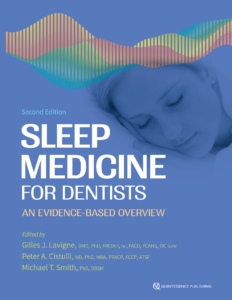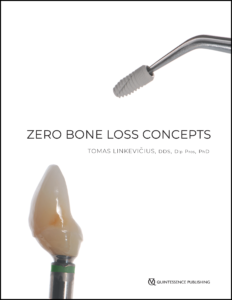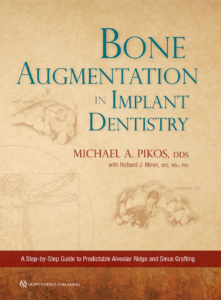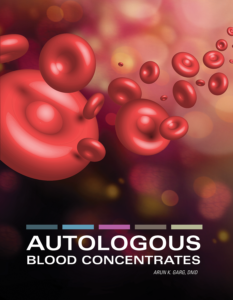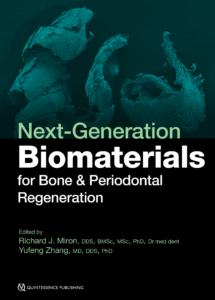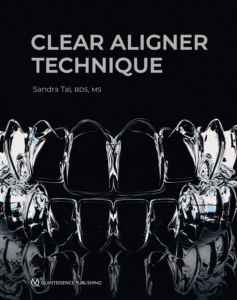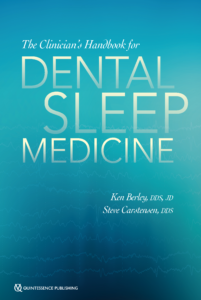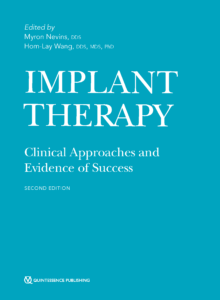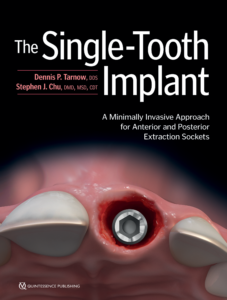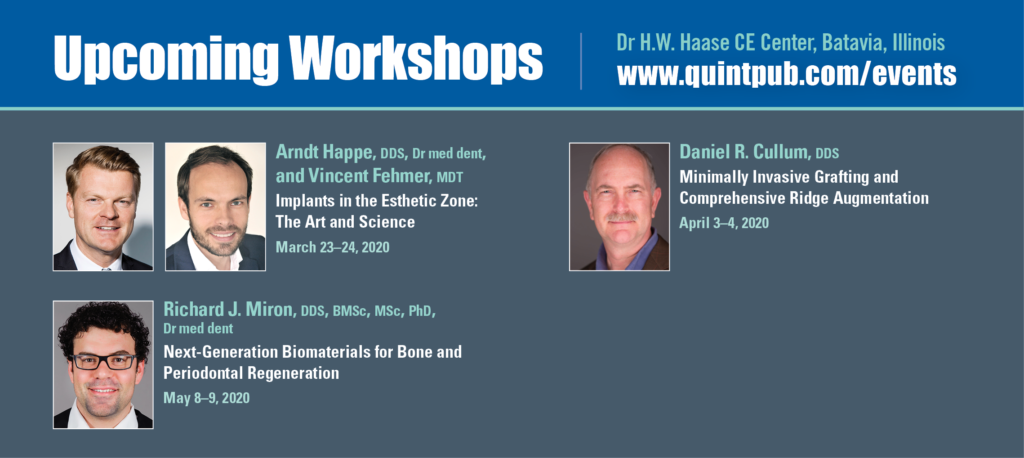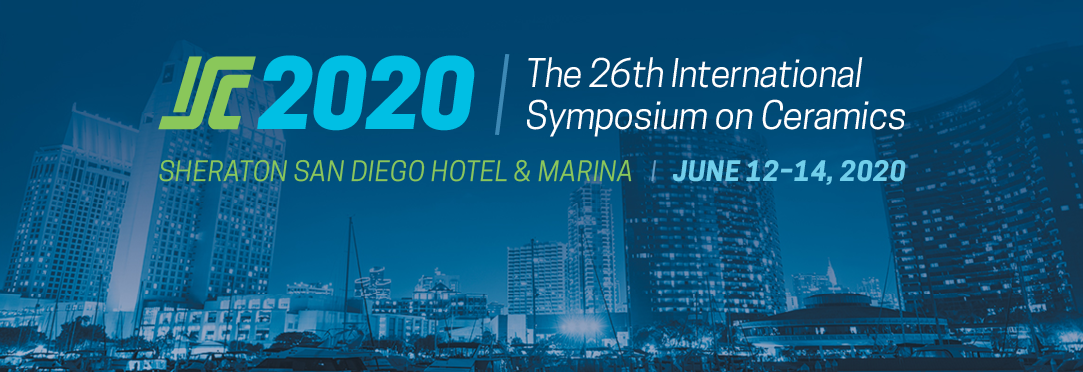Written by: Natalie Schawel
The human face is an intricate and impressive design. It works like a puzzle that, when everything fits together nicely, is functional and esthetically pleasing. One critical component of this puzzle is the smile. The teeth and jaw position play an integral role in forming the human smile, but so does the entire face. The role of the orthodontist, then, is to properly align the teeth and jaws of a patient within the context of their face. The end goal is to relieve discomfort, promote function, and improve self-confidence—all of which play an incredible role in a person’s quality of life.
In other words, an orthodontist’s responsibility centers on the patient. Dr David M. Sarver, DMD, MS, is on a mission to put the individual patient first by treating occlusion and esthetics while maintaining a patient’s positive attributes. This requires a less narrow, much more global picture of how facial esthetics works. The result? A satisfied, healthy, and confident patient.
This requires a significant paradigm shift—one that pushes orthodontists to see the face and dentition in a different way.
In his recent book, Dentofacial Esthetics: From Macro to Micro, Dr Sarver has a mantra: “If you don’t see it, you won’t treat it.” This requires a significant paradigm shift—one that pushes orthodontists to see the face and dentition in a different way. What’s more, it inspires change to focus on the end goal rather than individual problems. In the end, this shift nudges orthodontists to move beyond the braces or teeth-straightening realm and into the business of improving appearances and enhancing lives along the way.
A Shifting of Paradigms in the Right Direction
The history of orthodontics has seen plenty of paradigm shifts, which represent critical changes and adaptations within the field. However, there are examples of decisions orthodontists made for years to fix the bite that ultimately ended up doing serious damage to the patient’s appearance.
Originally, cephalometrics and hard tissues were front and center. The tools available lent themselves to an understanding of patterns of growth, development, and maturation that were laser-focused on how the bones and teeth existed, but nothing else. Eventually, soft tissues began to enter the picture and became a critical step in orthodontic treatment planning. Still, however, diagnosis and treatment tended to focus on abnormalities that needed correction or improvement. It was problem-oriented, which Dr Sarver argues can be shortsighted. In order to truly improve a patient’s appearance, diagnoses and treatment should be goal-oriented. With this approach, the “why” becomes much more integral. Why is a patient seeking orthodontic care? And what do they want to accomplish?
In its entirety, the clinical examination of a patient should be as holistic as possible. It should incorporate the soft and hard tissues as well as their resting and dynamic relationships, all while maintaining a vision of the end goal. As Dr Sarver says, this requires looking outside-in versus inside-out—or looking at the patient from the outside before narrowing in on their teeth.
As Dr Sarver says, this requires looking outside-in versus inside-out—or looking at the patient from the outside before narrowing in on their teeth.
Another shortcoming of a cephalometrically driven treatment plan is its focus on a single point in time with no account of how the face, jaws, and teeth may evolve over a lifetime. “The shift has been to move away from one x-ray, which is taken in a sixtieth of a second on a 12-year-old, and relying on just that to make decisions for an entire lifetime,” Dr Sarver says. Treatment plans must consider the 12-year-old as well as the future 60-year-old, as a patient’s face will be an important component of their appearance in all stages of life.
The Importance of Maintaining Positive Attributes
When a patient enters an orthodontist office, they want to improve some part of their appearance. What they may not realize is that this involves much more than occlusion. If positive attributes are not maintained, that will unfavorably affect a patient’s esthetics in the end.
Here’s a classic example: A Class II patient has a normal midface and a deficient mandible. Their treatment includes maxillary premolar extractions and maxillary incisor retraction. Unfortunately, this results in a flattening of the upper lip and an unflattering profile. While this approach may have technically treated the problem, the patient’s esthetic appearance was disregarded and negatively impacted.
This example is not an anomaly. Studies have revealed that 33% of orthodontically treated patients ended up with flatter smile arcs when they finished treatment compared to when they began. This leaves the patient unsatisfied and less confident in their overall appearance.
Normal and positive elements of a patient’s appearance or smile should be maintained or enhanced. As Dr Sarver says, “To treat only the occlusion treats only half of the patient.” As clinicians, orthodontists do their patients a disservice when they ignore this crucial second half of positive attributes.
In his book, Dr Sarver suggests a simple concept: “See the good things and keep them, and see the bad things and correct them.” The end result is a satisfying way to maximize the esthetic appearance and outcome of the patient.
A New Way of Thinking About Orthodontics
Dr Sarver never set out to write what he refers to as a cookbook, or a step-by-step guide to orthodontics. Rather, his book is “more about knowing what to do and when to do it. It’s about broadening your esthetic eye to look at patients differently,” he says.
The book starts off with a not-so-typical case study of one of Dr Sarver’s patients, telling the story of a young woman who experienced a tragic accident and ended up in Dr Sarver’s office for treatment. “You think it’s going to be an orthodontic book, but what am I going to do with this?” Dr Sarver asks, referring to the puzzle he presents his fellow clinicians with. The point, he says, is that they have to think their way through it.
He walks fellow orthodontists through various case studies—some very complex and unlike other orthodontics cases they’ve ever seen. Many weave in interdisciplinary and collaborative approaches with dentists or plastic surgeons because, again, the goal is to improve overall appearance, not just fix the teeth.
“When patients come in, they say they’re looking for a new smile, but what they’re really looking for is a new appearance.”
“When patients come in, they say they’re looking for a new smile, but what they’re really looking for is a new appearance,” Dr Sarver says. As chronicled in his book, that’s exactly what he sets out to give them—one patient at a time.
If you are interested in learning more about Dr Sarver’s approach to orthodontics, order a copy of Dentofacial Esthetics today, and take a deep-dive into this paradigm shift and how it can benefit your practice.
Transform the way you see your patients.
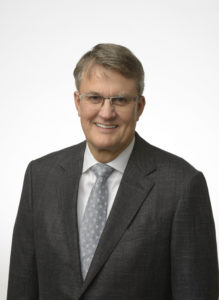 David M. Sarver, DMD, MS, is a Diplomate of the American Board of Orthodontics, a member of the Edward H. Angle Society of Orthodontists, a Fellow in both the International and American Colleges of Dentists, and a Fellow in the American Academy of Esthetic Dentistry. In addition to publishing over 70 scientific articles and 20 book chapters, Dr Sarver is the author of Esthetic Orthodontics and Orthognathic Surgery (Elsevier, 1998) and has coauthored several books, including the last three editions of William Proffit’s classic textbook, Contemporary Orthodontics (Elsevier, 2018). He has given more than 400 professional presentations worldwide, and he has been featured on several national television programs, including “The Today Show.”
David M. Sarver, DMD, MS, is a Diplomate of the American Board of Orthodontics, a member of the Edward H. Angle Society of Orthodontists, a Fellow in both the International and American Colleges of Dentists, and a Fellow in the American Academy of Esthetic Dentistry. In addition to publishing over 70 scientific articles and 20 book chapters, Dr Sarver is the author of Esthetic Orthodontics and Orthognathic Surgery (Elsevier, 1998) and has coauthored several books, including the last three editions of William Proffit’s classic textbook, Contemporary Orthodontics (Elsevier, 2018). He has given more than 400 professional presentations worldwide, and he has been featured on several national television programs, including “The Today Show.”
Dr Sarver maintains a full-time private practice in Vestavia Hills, Alabama. Over the course of his career, he developed the technology and subsequent use of digital imaging in orthodontics as both a practice management and diagnostic instrument, introduced diode lasers as an instrumental part of orthodontic therapy, and helped in the development of focal-field CBCT with Kodak, computerized data-management systems for diagnosis and treatment planning, and individualized treatment design in bracket manufacture. His entire approach to treatment is to evaluate the macro-esthetics (the face), mini-esthetics (the smile), and micro-esthetics (the teeth) of each patient to determine the problem list, which will in turn drive the treatment plan. A true thinker, Dr Sarver seeks to teach other dental professionals how to work in collaboration with one another to optimize patient outcomes, building beautiful smiles and faces as he goes.


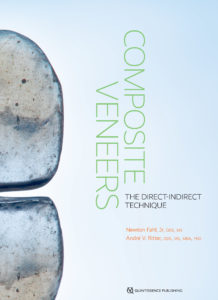


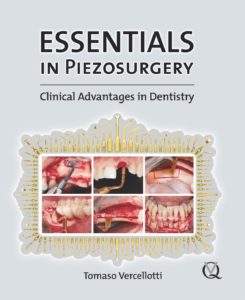

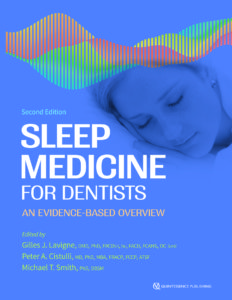
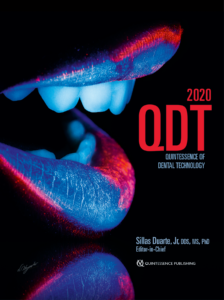
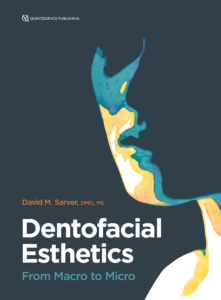
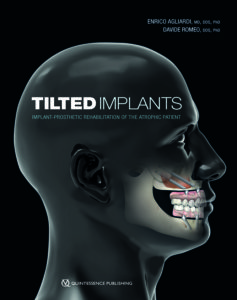
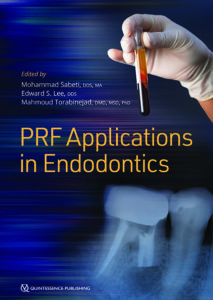 PRF Applications in Endodontics
PRF Applications in Endodontics Dentistry for Kids: Rethinking Your Daily Practice
Dentistry for Kids: Rethinking Your Daily Practice

